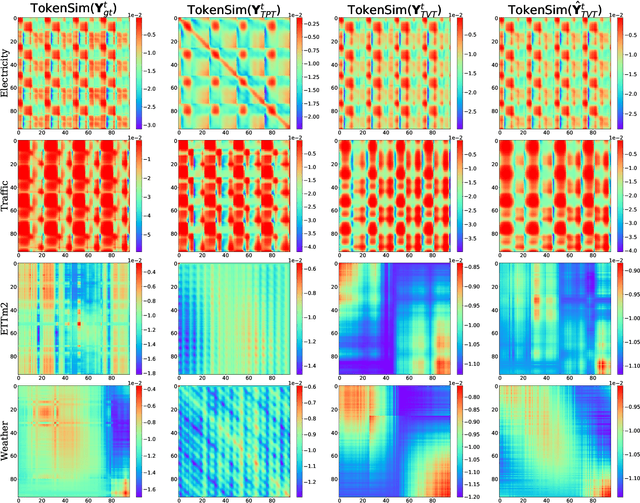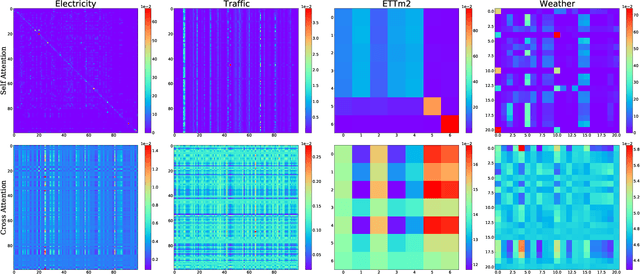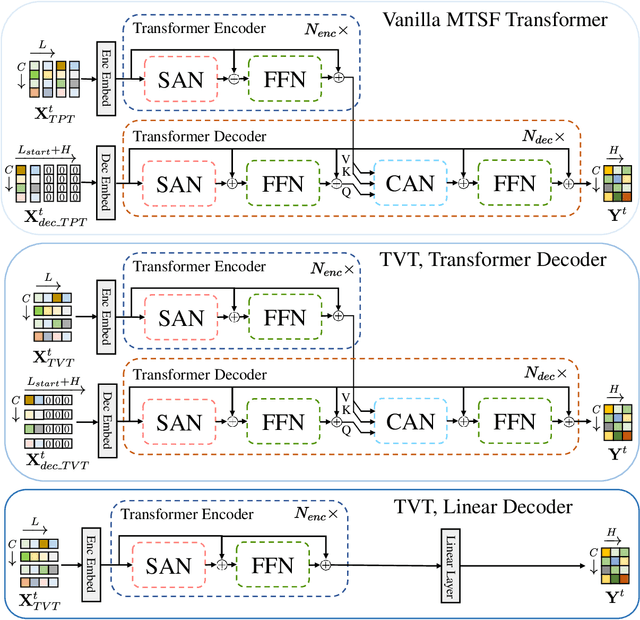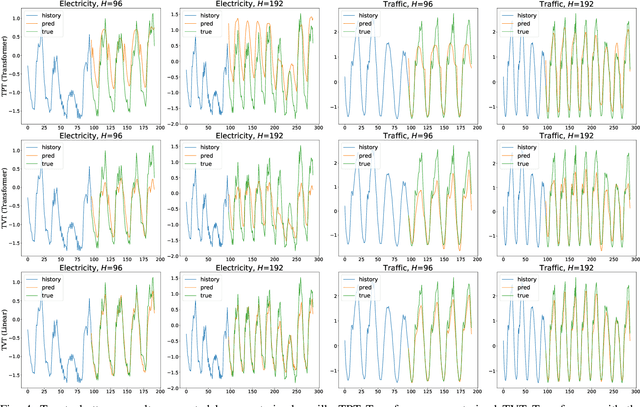Ruizhe Zhong
SoliReward: Mitigating Susceptibility to Reward Hacking and Annotation Noise in Video Generation Reward Models
Dec 17, 2025Abstract:Post-training alignment of video generation models with human preferences is a critical goal. Developing effective Reward Models (RMs) for this process faces significant methodological hurdles. Current data collection paradigms, reliant on in-prompt pairwise annotations, suffer from labeling noise. Concurrently, the architectural design of VLM-based RMs, particularly their output mechanisms, remains underexplored. Furthermore, RM is susceptible to reward hacking in post-training. To mitigate these limitations, we propose SoliReward, a systematic framework for video RM training. Our framework first sources high-quality, cost-efficient data via single-item binary annotations, then constructs preference pairs using a cross-prompt pairing strategy. Architecturally, we employ a Hierarchical Progressive Query Attention mechanism to enhance feature aggregation. Finally, we introduce a modified BT loss that explicitly accommodates win-tie scenarios. This approach regularizes the RM's score distribution for positive samples, providing more nuanced preference signals to alleviate over-focus on a small number of top-scoring samples. Our approach is validated on benchmarks evaluating physical plausibility, subject deformity, and semantic alignment, demonstrating improvements in direct RM evaluation metrics and in the efficacy of post-training on video generation models. Code and benchmark will be publicly available.
PreRoutGNN for Timing Prediction with Order Preserving Partition: Global Circuit Pre-training, Local Delay Learning and Attentional Cell Modeling
Feb 27, 2024



Abstract:Pre-routing timing prediction has been recently studied for evaluating the quality of a candidate cell placement in chip design. It involves directly estimating the timing metrics for both pin-level (slack, slew) and edge-level (net delay, cell delay), without time-consuming routing. However, it often suffers from signal decay and error accumulation due to the long timing paths in large-scale industrial circuits. To address these challenges, we propose a two-stage approach. First, we propose global circuit training to pre-train a graph auto-encoder that learns the global graph embedding from circuit netlist. Second, we use a novel node updating scheme for message passing on GCN, following the topological sorting sequence of the learned graph embedding and circuit graph. This scheme residually models the local time delay between two adjacent pins in the updating sequence, and extracts the lookup table information inside each cell via a new attention mechanism. To handle large-scale circuits efficiently, we introduce an order preserving partition scheme that reduces memory consumption while maintaining the topological dependencies. Experiments on 21 real world circuits achieve a new SOTA R2 of 0.93 for slack prediction, which is significantly surpasses 0.59 by previous SOTA method. Code will be available at: https://github.com/Thinklab-SJTU/EDA-AI.
A K-variate Time Series Is Worth K Words: Evolution of the Vanilla Transformer Architecture for Long-term Multivariate Time Series Forecasting
Dec 06, 2022



Abstract:Multivariate time series forecasting (MTSF) is a fundamental problem in numerous real-world applications. Recently, Transformer has become the de facto solution for MTSF, especially for the long-term cases. However, except for the one forward operation, the basic configurations in existing MTSF Transformer architectures were barely carefully verified. In this study, we point out that the current tokenization strategy in MTSF Transformer architectures ignores the token uniformity inductive bias of Transformers. Therefore, the vanilla MTSF transformer struggles to capture details in time series and presents inferior performance. Based on this observation, we make a series of evolution on the basic architecture of the vanilla MTSF transformer. We vary the flawed tokenization strategy, along with the decoder structure and embeddings. Surprisingly, the evolved simple transformer architecture is highly effective, which successfully avoids the over-smoothing phenomena in the vanilla MTSF transformer, achieves a more detailed and accurate prediction, and even substantially outperforms the state-of-the-art Transformers that are well-designed for MTSF.
 Add to Chrome
Add to Chrome Add to Firefox
Add to Firefox Add to Edge
Add to Edge